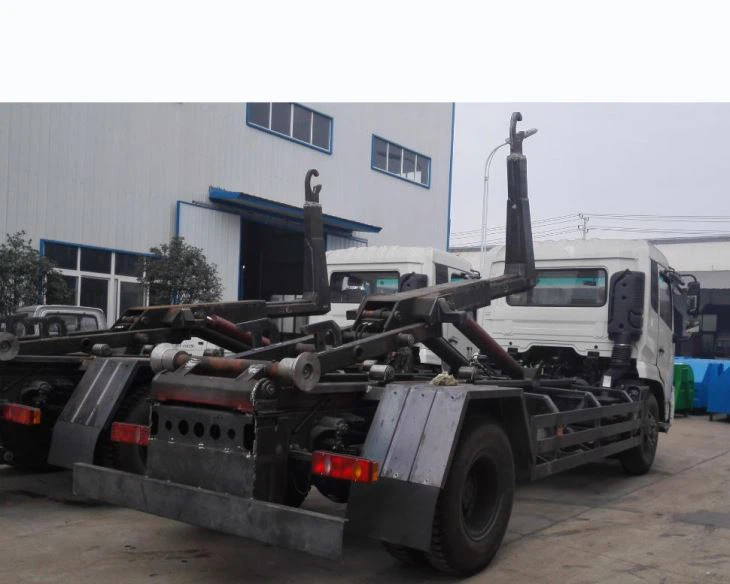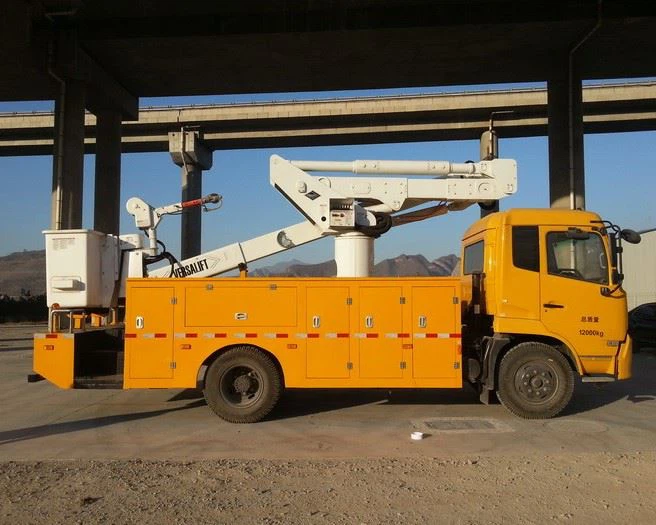Sewage Vacuum Truck: Everything You Need to Know

The sewage vacuum truck is an essential vehicle used for many municipal and industrial applications. Often characterized by its large tank and powerful suction capabilities, this truck is indispensable for waste management. Whether you’re a municipal worker, a contractor, or simply interested in learning about this vital piece of equipment, this comprehensive article will provide insight into the world of sewage vacuum trucks, their uses, types, maintenance, and much more.
Table of Contents
- What is a Sewage Vacuum Truck?
- Types of Sewage Vacuum Trucks
- How Sewage Vacuum Trucks Work
- Applications of Sewage Vacuum Trucks
- Key Features of Sewage Vacuum Trucks
- Maintenance Tips for Sewage Vacuum Trucks
- Environmental Impacts of Sewage Vacuum Trucks
- Costs and Investment in Sewage Vacuum Trucks
- Choosing the Right Sewage Vacuum Truck
- Frequently Asked Questions
What is a Sewage Vacuum Truck?
A sewage vacuum truck, also known as a vacuum truck, is a specialized vehicle designed for the transport of liquid waste, mainly sewage. Equipped with a large tank and a vacuum system, it can easily suck up and transport liquid and semi-liquid materials. These trucks are often used by municipalities, industrial sites, and septic service providers.
The Components of a Sewage Vacuum Truck
Sewage vacuum trucks consist of several crucial components:
- Vacuum Pump: The heart of the system, responsible for creating a vacuum that allows waste to be sucked into the tank.
- Tank: A spacious container that holds the waste until it can be disposed of properly.
- Hoses: Heavy-duty hoses that connect the vacuum pump to the waste source, allowing for efficient suction.
- Controls: User-friendly control systems that allow operators to manage the suction and discharge functions.
Types of Sewage Vacuum Trucks

There are several types of sewage vacuum trucks available on the market, each designed for specific applications:
1. Standard Vacuum Trucks
These are the most common type, used primarily for municipal sewage collection.
2. Septic Pump Trucks
These trucks are specifically tailored for servicing septic systems and typically have specialized equipment for this purpose.
3. Combination Trucks
Combination trucks can vacuum and jet, allowing them to clear blockages and transport waste simultaneously.
4. Industrial Vacuum Trucks

Designed for industrial applications, these trucks are built to handle heavier waste materials, such as sludge and chemicals.
How Sewage Vacuum Trucks Work
Understanding how sewage vacuum trucks operate is essential for effective use:
Step-by-Step Overview:
- Preparation: Position the truck near the sewage source.
- Connection: Attach the hose to the sewage access point.
- Vacuuming: Start the vacuum pump to suck up the waste into the tank.
- Transport: Once the tank is full, transport the waste to a treatment facility.
- Discharge: Empty the tank at the designated disposal site.
Applications of Sewage Vacuum Trucks
Sewage vacuum trucks serve various essential functions in different sectors:
Municipal Services

Municipalities use these trucks for street cleaning, sewage transport, and waste management.
Industrial Applications
Industries utilize vacuum trucks to remove hazardous waste and maintain clean environments.
Septic Services
Septic service companies frequently use vacuum trucks to empty septic tanks and transport waste to treatment facilities.
Construction Sites
On construction sites, vacuum trucks help in the mitigation of water accumulation and removal of sludge.
Key Features of Sewage Vacuum Trucks
When choosing or evaluating sewage vacuum trucks, consider these key features:
| Feature | Description |
|---|---|
| Tank Capacity | Varies from 1,000 to 6,000 gallons, depending on the application. |
| Vacuum System | High-performance pumps ensure efficient suction. |
| Hose Length | Typically ranges from 25 to 100 feet for flexible reach. |
| Safety Features | Many trucks come equipped with safety alarms, pressure relief valves, and containment systems. |
| Ease of Use | Most trucks feature user-friendly controls for operators. |
Maintenance Tips for Sewage Vacuum Trucks
Regular maintenance is crucial to ensure the longevity and efficiency of sewage vacuum trucks. Here are some practical tips:
1. Regular Inspections
Inspect the vacuum pump, hoses, and tank for any damage or wear.
2. Fluid Checks
Monitor fluid levels and change fluids as necessary, including oil and hydraulic fluids.
3. Cleaning the Tank
Clean the tank regularly to prevent buildup and ensure that waste is discharged effectively.
4. Test the Vacuum System
Perform tests on the vacuum system to ensure optimal performance before each use.
Environmental Impacts of Sewage Vacuum Trucks
The operation of sewage vacuum trucks carries environmental implications:
Positive Impacts
When used correctly, they help in proper waste disposal, reducing pollution and maintaining public health.
Negative Impacts
Improperly maintained trucks can leak sewage, leading to soil and water contamination.
Costs and Investment in Sewage Vacuum Trucks
Investing in a sewage vacuum truck requires careful consideration of costs:
Initial Purchase Price
The price of a new sewage vacuum truck can range from $100,000 to over $300,000, depending on features and capacity.
Operating Costs
Operating costs include fuel, maintenance, insurance, and labor, which should be factored into the overall investment.
Financing Options
Many companies offer financing options, which can help ease the financial burden.
Choosing the Right Sewage Vacuum Truck
Selecting the appropriate sewage vacuum truck involves careful evaluation:
1. Identify Your Needs
Evaluate the volume and type of waste you’ll handle to determine the required tank size and pump power.
2. Assess Terrain and Accessibility
Consider the types of locations where you’ll operate the truck, as this may affect your choice.
3. Budget Considerations
Stay within budget but ensure you choose a reliable model that meets your requirements.
4. Research Brands and Models
Investigate different manufacturers and user reviews to find reputable options.
Frequently Asked Questions
1. How often should sewage vacuum trucks be maintained?
Regular inspections should be performed weekly, with comprehensive maintenance at least every six months or as needed.
2. Can sewage vacuum trucks be used for other liquids?
Yes, they can transport various liquids, but it’s crucial to ensure that they are compatible with the materials being handled.
3. What safety equipment is recommended for operating a sewage vacuum truck?
Operators should wear personal protective equipment (PPE) such as gloves, goggles, and protective clothing, along with having first aid kits and spill kits on board.
4. How long do sewage vacuum trucks typically last?
With proper maintenance, a sewage vacuum truck can last anywhere from 10 to 15 years or longer.
5. Are there regulations concerning sewage vacuum truck operations?
Yes, regulations vary by region, so it’s essential to consult local, state, and national guidelines for compliance.
6. Is it necessary to have a special license to operate a sewage vacuum truck?
Yes, operators typically need a commercial driver’s license (CDL) and specific training on waste management and vehicle operation.
